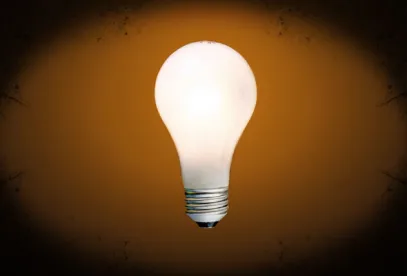Addressing a claim to inventorship of an individual not listed as an inventor on two patents, the U.S. Court of Appeals for the Federal Circuit affirmed a lower court’s ruling that a former employee was not an inventor of a GE patent, finding that the employee did not present any credible testimony that could be corroborated. General Electric Co. v. Wilkins, Case No. 13-1170 (Fed. Cir., May 8, 2014) (Lourie, J.)
Plaintiffs General Electric Co. and GE Wind Energy, LLC, (collectively GE) filed suit seeking to quiet title to two of their patents related to wind turbines. Both patents listed several German GE employees as inventors. Defendant Wilkins worked in the United States wind energy group for a GE predecessor in the early 2000s, at the same time the inventions were made in Germany. During development of the inventions, the German inventors contacted Wilkins to learn about the United States’ power grid requirements, and later Wilkins traveled to Germany to discuss the inventions.
Prior to the quiet title action, GE filed a U.S. International Trade Commission (ITC) action against Mitsubishi regarding the patents. In the ITC action, an administrative law judge found that Wilkins was a co-inventor, but found that the patents were not unenforceable because GE did not intend to deceive the patent office. Wilkins then agreed to license the patents to Mitsubishi, which prompted GE to file the quiet title action. The district court found that Wilkins and Mitsubishi did not prove inventorship by clear and convincing evidence, because there were no reliable documents to verify what, if anything, Wilkins contributed to any of the claims of the patents.
The Federal Circuit agreed with the district court that Wilkins did not prove his inventorship claim by clear and convincing evidence, because he did not present any credible testimony that could be corroborated. In particular, the court found that Wilkins was biased, as he was paid more than $1.5 million by Mitsubishi in order to permit Mitsubishi to “manage” his involvement in Mitsubishi’s litigations against GE. The Federal Circuit further found no clear error in the district court’s finding that Wilkins lacked credibility based on his failure to give clear answers to even simple questions, and because he was repeatedly impeached during cross-examination.
Wilkins pointed to a design document that he argued supported his inventorship claim and allegedly showed corroboration. However, the design document showed a key component of the invention in a configuration contrary to the patent claims. In addition, Wilkins admitted that his key contribution to the invention was the use of a component that was well known in the prior art. The Federal Circuit found that this was not sufficient to be named a co-inventor. Further, the prosecution history revealed that GE argued that the prior art component combined with a novel electrical circuit distinguished the invention over the prior art, which provided a further indication that Wilkins’ contribution did not rise to the level of inventorship.




 />i
/>i

